You can use a Cartesian join against a large enough date range of your choosing to in effect resample your data and add the additional time intervals you desire.
For example, if you have a month's worth of data (min date -> max date = 30 days), then you have (30 * 24 * 4) 2880 15 minute intervals.
- Create all those intervals in a separate data sheet
- Add a bogus column with value of link for all rows
- Create the same bogus in your actual data source
- Join the two sheets together on the link column
- Create a calculated field that is something along the following:
[Interval] <= [Flight Time] AND [Interval] >= DATEADD('hour',-1,[Flight Time])
This calculated field will evaluate to TRUE when the interval time is within one hour before the flight time. You can then drag this field onto your filter shelf and select TRUE value only. Effectively your [Interval] field becomes your new date field.
I would recommend adding that filter to the context and applying across the entire datasource. Before you add this filter you'll have 2880 times the about of data so be sure to do a live view first. Be careful with extracts using Cartesian joins as you could potentially be extracting more than you bargained for.
See the following links for different techniques on how to do this and re-sampling dates in general in tableau.
https://community.tableau.com/thread/151387
Depending on the size of your data (and if a live view is not necessary) it is often times easier and more efficient to do this type of pre-processing outside of tableau in SQL or something like python's pandas library.
